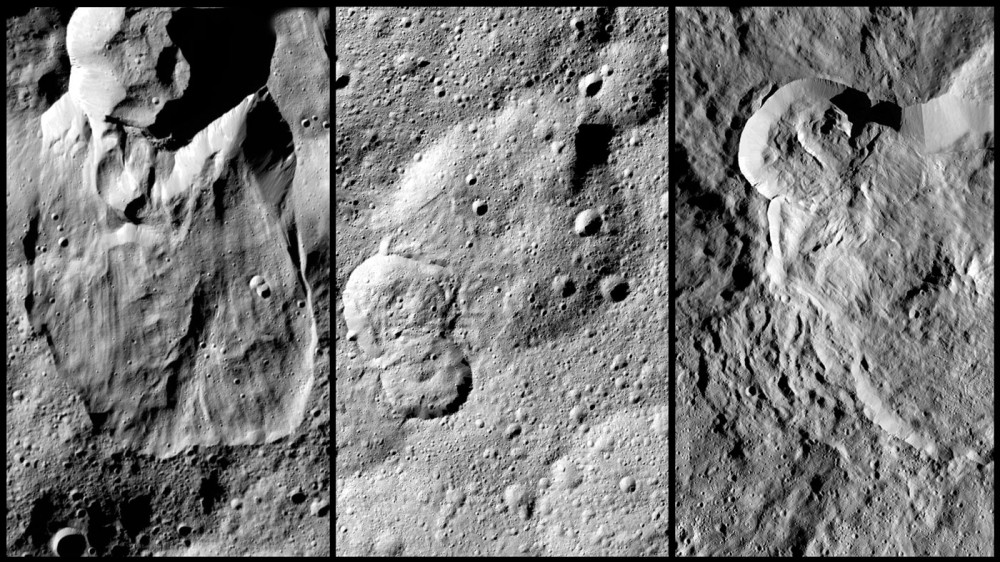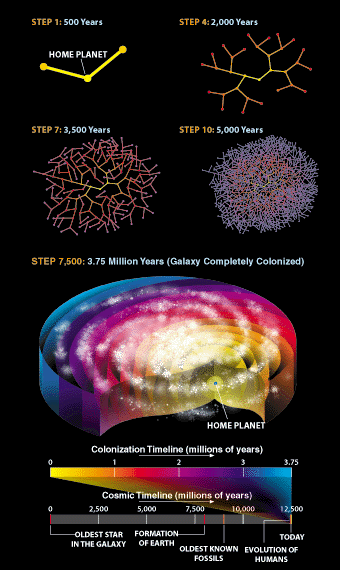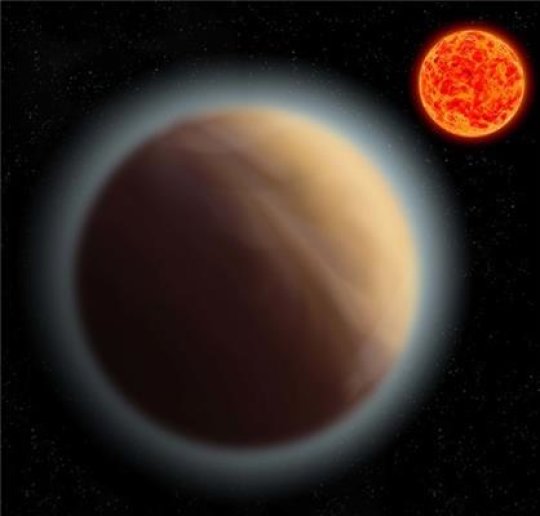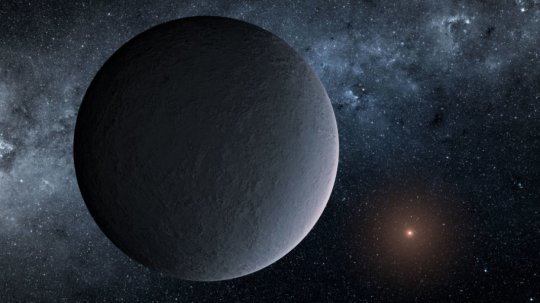
If you read the title, then you probably understand what is going to be included in this post. Just to clarify however, what you should expect is a bunch of interesting and hopefully useful resources in various formats (apps, software, sites, news outlets, etc) if you want to continue exploring the ‘verse outside of this class. Also just to clarify, what you should not expect is every single resource that is out there (or individual titles of books, articles, etc.), because I am only human.
apps (some may be available for only iPhone or iPad):
- NASA (National Aeronautics and Space Administration) : NASA’s official app (from iTunes store)
- NASA Spinoff : profiles examples of technology used in commercial products that were originally used as NASA research and mission tools.
- NASA 3DV : lets you explore NASA’s Deep Space Exploration projects
- NASA Television : live and on-demand NASA programming on-the-go
- Asteroid Redirect Mission : learn about NASA’s ARM mission and project
- GRAIL : learn more about NASA’s GRAIL mission, the purpose of which was to obtain precise gravity measurements on Earth’s Moon
- MESSENGER: NASA’s Mission to Mercury : see app name
- NASA Science: A Journey of Discovery : provides data about our solar system from NASA’s sources and records
- NASA Visualization Explorer: provides recent data from various space-based research projects
- Spacecraft 3D : AR (augmented reality) app that allows you to view and explore a variety of spacecraft used by NASA
- NASA Technology Innovation : e-zine (electronic magazine) that keeps you up to date on NASA’s latest technological innovations and project designs
- NASA Patent Portfolio : lets you search NASA’s patents to see if there is technology you’d like to use for your company by partnering with NASA
- HubbleSite : lets you explore the Hubble Space Telescope and view various images from its missions
- STAR – Space Telescope Augmented Reality : AR exploration of various space telescopes used by NASA
- SkyORB : just nice visualizations of astronomy related images and information about various astronomy topics
- Sky Guide: View Stars Night or Day : supposedly show stars in real time when you hold your phone to the sky, has nice visuals and interface regardless of accuracy
- Earth-Now : visualizes recent climate data from Earth Science satellites
- Redshift – Astronomy : depicts night sky and provides information abou various celestial bodies
- if you are interested in tracking solar or lunar weather/phases there are also a variety of apps to choose from available on the App Store
websites:
- NASA (National Aeronautics and Space Administration) : Seemed like it might have some useful space information.
- NASA e-books page : NASA’s list of e-books, found on their site for further reading
- APOD (astronomy picture of the day) : their YouTube channel, and archive
- HDEV (High Definition Earth-Viewing System) : run by NASA, has a livestream from the ISS (international space station), and provides present location of the station
- Wait But Why : not specifically an astronomy blog, however the site does have some great material related to astronomy, such as the blog post mentioned in class on The Fermi Paradox.
- Heavens Above : several interesting and useful pages/programs
- The Scale of the Universe : really cool interactive infographic, which is now available as an app
- The SETI Institute (Search for Extraterrestrial Intelligence) : also has a citizen science project you can participate in
podcasts:
- NASACast: This Week @ NASA Video / This Week @ NASA (Audio)
- NASACast: What’s Up? Video Podcasts
- Space to Ground Video Podcasts
- NASACast: Solar System Video
- NASA Edge
- NASA 360 Vodcasts
- NASA X Vodcasts
- NASA in Silicon Valley
- The Beautiful Universe: Chandra in HD
- Hubblecast HD
the citizen science revolution (there are a lot of projects like these, so if you’re really interested you can definitely find more) :
- The Globe Program (The Global Learning and Observations to Benefit the Environment Program) : international science & education program that uses the public to collect data to help research the Earth system and the global environment.
- Stardust@home : You can analyze images from an automated scanning microscope for interstellar dust particles using a Virtual Microscope in your browser.
- SETI@home : uses your computer to advance the Search for Extraterrestrial Intelligence (SETI)
- List of Common Misconceptions : technically not a citizen science project, and it’s actually just a wikipedia page about common misconceptions, however wikipedia is only as accurate as the people who edit it are, and given the common misconceptions in our textbook, I thought this should be included here
- The Zooniverse : mentioned several times during this class, this site has a ton of citizen science projects in various fields, including several astronomy related one that you can be directly involved with.
**One final disclaimer – I acknowledge that this list is far, far, from complete or comprehensive, so in true citizen science fashion, I look to you for assistance. If there is a particular program, project, website, app, or news source that you think belongs in this list, please leave a comment to let me know and I will update the list ASAP.
Sources:
apps:
MESSENGER: NASA’s Mission to Mercury
NASA Science: A Journey of Discovery
STAR- Space Telescope Augmented Reality
Sky Guide: View Stars Night or Day
site:
podcasts:
NASACast: This Week @ NASA Video / NASACast: This Week @ NASA (Audio)
NASACast: What’s Up? Video Podcasts
Space to Ground Video Podcasts
The Beautiful Universe: Chandra in HD
projects:












